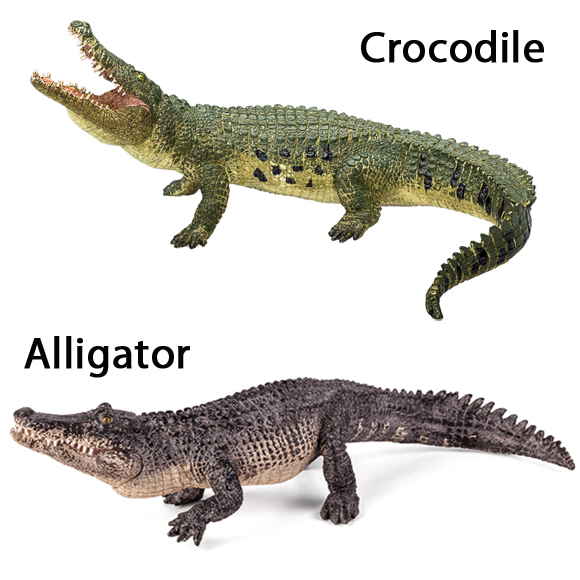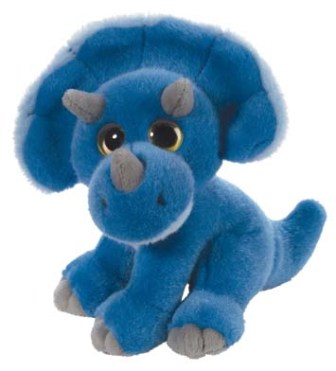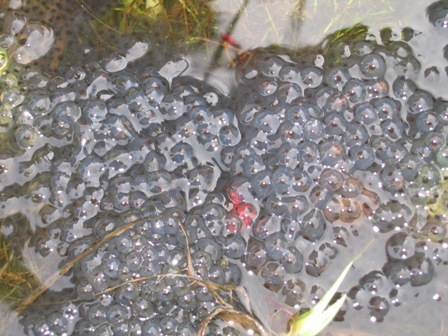News stories and articles that do not necessarily feature extinct animals.
Warm Weather Brings out the Alligators and Crocodiles
Floridians Warned about Increased Alligator and Crocodile Activity
The warm weather over the last few days in Florida has led to state authorities issuing a number of warnings to Florida residents about the perils of getting up too close to those alligators and American crocodiles that have started to become more active. The authorities have warned of increasing alligator and crocodile activity.
Florida as two species of crocodilian, the American alligator (Alligator mississippiensis ) and the much rarer American crocodile (Crocodylus acutus). These two protected species are regarded as dangerous to humans, although the American crocodile (found in the southern parts of Florida), has not been recorded as attacking humans and is generally regarded as a very shy animal. However, attacks on people have been logged elsewhere in this reptile’s geographical range, so authorities in the State urge residents to take extreme care when in these creature’s habitats.
Alligator and Crocodile Activity
As cold-blooded animals, American alligators and crocodiles have been largely inactive in the cold weather that has occurred over the last few months. However, with the onset of spring these reptiles will start to move more and there is the risk that they will run into contact with humans.
The Differences Between an Alligator and a Crocodile
The onset of warm weather in the spring is when Florida’s alligators and crocodiles begin getting active, and the Florida Fish and Wildlife Conservation Commission (FWC) reminds Floridians and visitors to be cautious when having fun in and around water.
The FWC has published a set of handy guidelines to ensure that humans and crocodilians can get along, the guidelines include:
1). Leave alligators and crocodiles alone. The danger of being injured by a provoked alligator is much higher than by an unprovoked one. Often if one of these reptiles is spotted on the waters edge basking in the sun, it will most probably move off on its own without being molested.
2). Never feed these animals, dispose of fish scraps from a fishing trip in the designated areas. It is illegal to feed these creatures. Alligators lose their natural fear of humans when fed, and become accustomed or attracted to people. Alligators that have been fed may be more likely to attack, and are more likely to become nuisance animals that must be destroyed.
3). Don’t swim at night. Alligators are more active at night or at dawn or dusk. At these times they are more likely to be feeding than during the heat of midday.
4). Do not swim in water that is known to contain large alligators, also do not swim outside of designated swimming areas. Alligators are most active during the summer months. Since this is the time of year when people are also likely to be in the water, areas known to contain alligators should be avoided.
5). Never let children play alone near water. Make sure children are supervised and in view.
6). Do not allow pets to go near water that is known to contain these reptiles. Dogs and other small pets are more likely to be attacked than humans because they resemble a natural prey item for the alligator. Therefore, pets can attract alligators to swim areas and create a danger for humans also.
7). Never capture or accept a baby alligator or crocodile as a pet. Capturing alligators is illegal and can be dangerous. Alligators do not become tame in captivity, and handling even small ones could result in a bite.
8). Seek medical advice immediately if you are bitten or scratched by an alligator or crocodile. Because of the environment in which they live, alligators’ mouths can harbour very dangerous bacteria (particularly Aeromonus hydrophila). Any bite or scratch, even a small one, should be examined by a doctor or trained medical staff.
More information on how to avoid alligator or crocodile encounters visit the FWC’s website.
In the meantime, for models of crocodilians visit this part of the Everything Dinosaur website: Mojo Fun Prehistoric Life Models.





